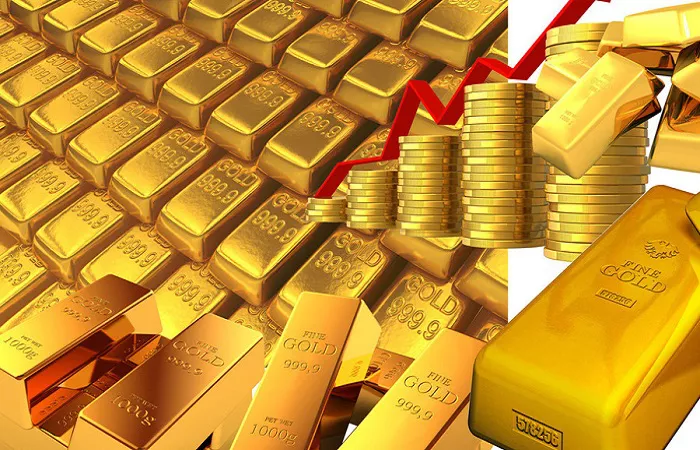Gold prices rose for a second consecutive session, reaching a nearly two-week high of $3,381–$3,382 during early Asian trading on Tuesday, as persistent geopolitical uncertainties outweighed easing US-China trade tensions and renewed demand for safe-haven assets.
Despite signs of potential de-escalation in trade friction between Washington and Beijing, investors remained cautious in light of U.S. President Donald Trump’s unpredictable trade posture. Ongoing global tensions—particularly the prolonged Russia-Ukraine conflict and rising hostilities in the Middle East—continued to support bullion prices.
Notably, gold’s rally occurred despite modest gains in the U.S. dollar, which typically dampens demand for dollar-denominated commodities. This divergence suggests strong underlying bullish sentiment in the gold market, though investors remain wary ahead of the Federal Reserve’s upcoming policy announcement.
Markets are closely watching the two-day Federal Open Market Committee (FOMC) meeting, which begins Tuesday. With expectations of a rate cut in June now tempered by recent economic data, investors await clarity from the Fed’s policy statement and comments from Chair Jerome Powell on Wednesday.
Geopolitical Risks Bolster Gold Despite Positive Trade Rhetoric
Over the weekend, President Trump suggested that trade agreements with unnamed countries could materialize soon, reiterating his openness to reducing tariffs on Chinese imports. China’s Commerce Ministry confirmed last Friday that it is reviewing the possibility of restarting trade talks with the U.S., adding to market optimism over a potential thaw in relations between the world’s two largest economies.
Meanwhile, data released Monday by the Institute for Supply Management (ISM) showed that the U.S. services sector grew more than expected in April, with the ISM Services PMI rising to 51.6 from March’s 50.8. This followed Friday’s stronger-than-expected jobs report, helping to ease recession concerns and lift the U.S. dollar after a two-day decline.
However, geopolitical developments continued to drive safe-haven demand. On Sunday, President Trump announced a 100% tariff on foreign-produced films, adding to market uncertainty.
Elsewhere, Russian officials reported that Ukrainian drone attacks on Moscow disrupted air travel for a second consecutive night, temporarily closing the capital’s three major airports. Ukraine also reportedly targeted a power substation in Russia’s western Kursk region.
In the Middle East, Israeli forces—reportedly coordinating with the U.S.—conducted airstrikes on Yemen’s Hodeidah port in retaliation for a ballistic missile attack by Houthi rebels that struck Tel Aviv’s Ben Gurion International Airport over the weekend. These developments further supported gold’s appeal as a risk-averse investment.
Technical Outlook: Bullish Momentum Points to $3,400 and Beyond
From a technical standpoint, gold’s upward movement cleared the $3,350 mark, aligning with the 50% Fibonacci retracement level from its recent pullback off record highs. Positive momentum indicators on the daily chart support a continued upward trajectory.
A decisive break above the 61.8% Fibonacci retracement level—around $3,385—would confirm bullish control and potentially push prices toward the $3,400 threshold, with further resistance near $3,425. Continued buying could pave the way for a retest of the psychological $3,500 level.
On the downside, immediate support lies at $3,350, followed by the daily low near $3,325. A breach of $3,300 may trigger technical selling, exposing gold to further declines toward the $3,275–$3,270 zone, and possibly to the $3,245–$3,244 range. A sustained break below these levels could open the door to a deeper correction toward $3,200—a level last seen two weeks ago.
Related topics:
- India Surpasses China in Gold Purchases, Buying 51% More in Three Months
- Qilu Bank Enhances Support for Small Businesses with Innovative Financial Tools
- Bitcoin Poised for a Surge Amid Gold’s Delivery Delays, Expert Claims


